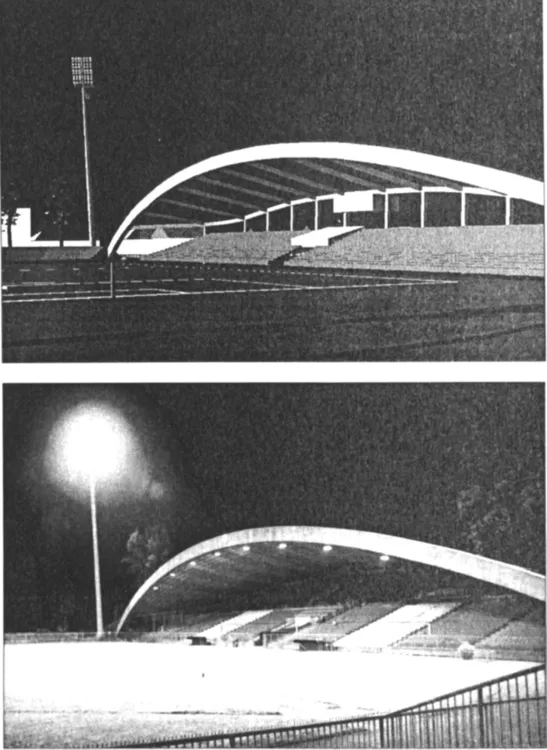
- 392 pages
- English
- ePUB (mobile friendly)
- Available on iOS & Android
Analysis of Engineering Structures
About This Book
This text delivers a fundamental coverage for advanced undergraduates and postgraduates of structural engineering, and professionals working in industrial and academic research. The methods for structural analysis are explained in detail, being based on basic static, kinematics and energy methods previously discussed in the text. A chapter deals with calculations of deformations which provides for a good understanding of structural behaviour. Attention is given to practical applications whereby each theoretical analysis is reinforced with worked examples. A major industrial application consisting of a simple bridge design is presented, based on various theoretical methods described in the book. The finite element as an extension of the displacement method is covered, but only to explain computer methods presented by use of the structural analysis package OCEAN. An innovative approach enables influence lines calculations in a simple mannger. Basic algebra given in the appendices provides the necessary mathematical tools to understand the text.
- Provides an understanding of structural behaviour, paying particular attention to applications, and reinforces theoretical analysis with worked examples
- Details the methods for structural analysis, based on basic static, kinematics and energy methods
Frequently asked questions
Information
Introduction
Publisher Summary

1.1 Types of Structures
Table of contents
- Cover image
- Title page
- Table of Contents
- Inside Front cover
- Copyright
- SYNOPSIS
- PREFACE
- Acknowledgements
- Chapter 1: Introduction
- Chapter 2: Definitions and basic concepts
- Chapter 3: Statically determinate structures
- Chapter 4: Kinematics of structures
- Chapter 5: Basic concepts of structural analysis
- Chapter 6: Deformations
- Chapter 7: Stiffness and flexibility
- Chapter 8: The Force Method (Method of consistent deformations)
- Chapter 9: The Displacement Method
- Chapter 10: The Finite Element Method
- Chapter 11: Inelastic material behaviour in structures
- Chapter 12: A simple bridge analysis
- Chapter 13: Computer applications
- Appendix A: Basics of matrix algebra
- Appendix B: Tables
- References
- Index